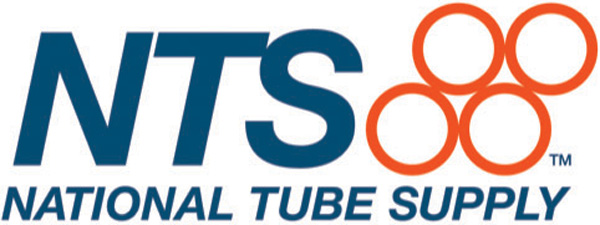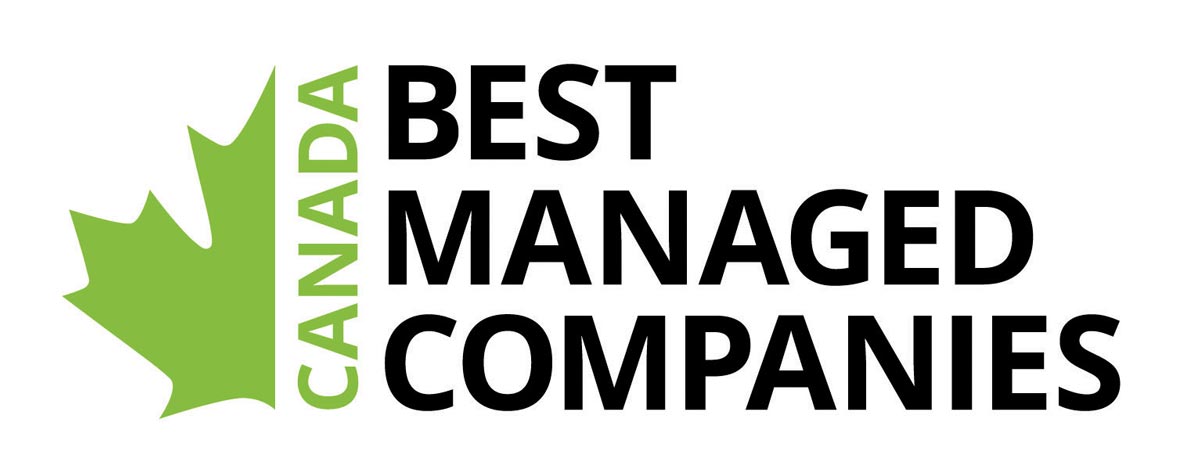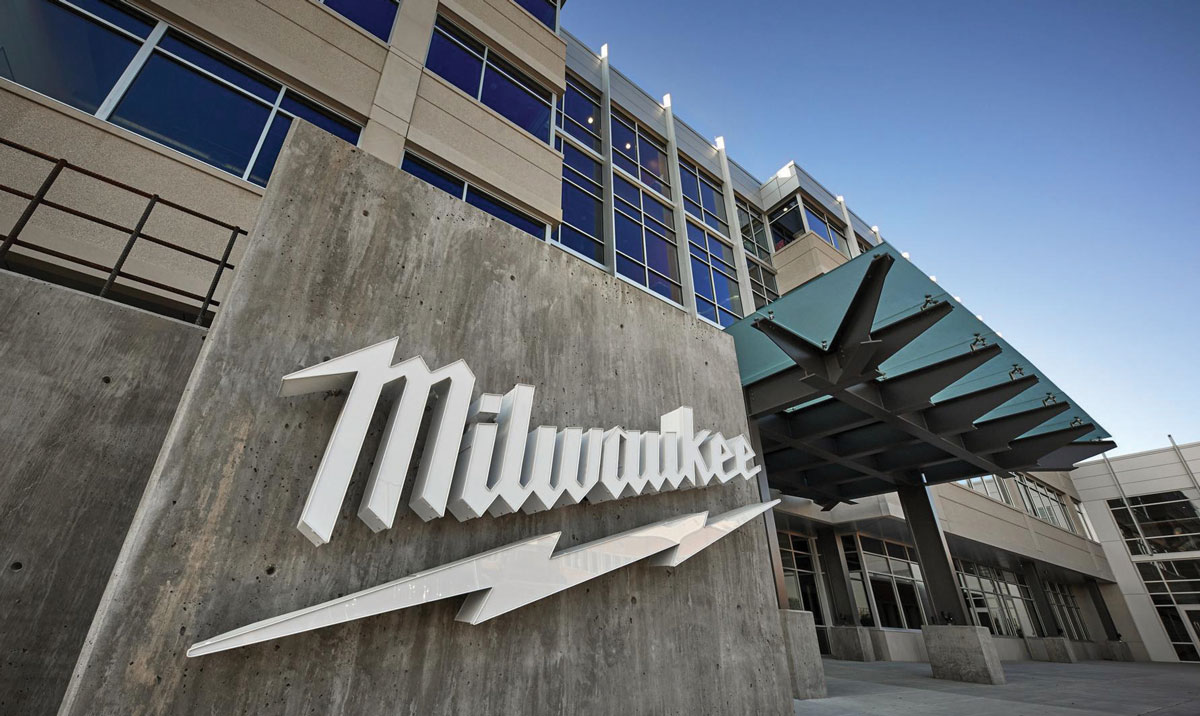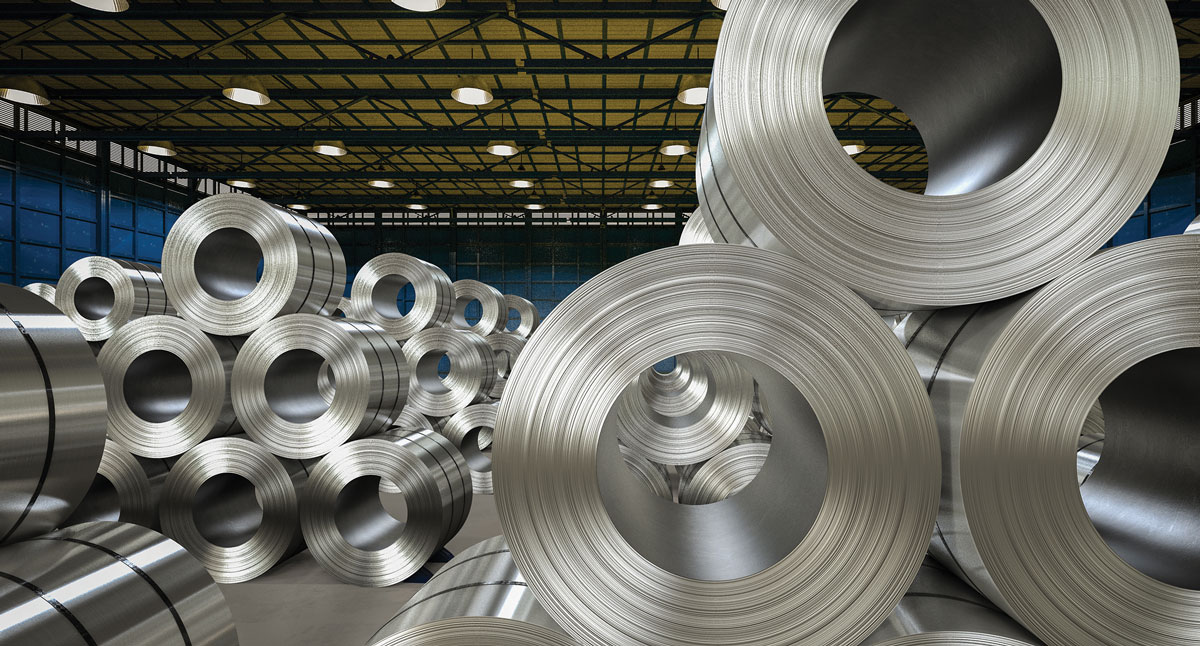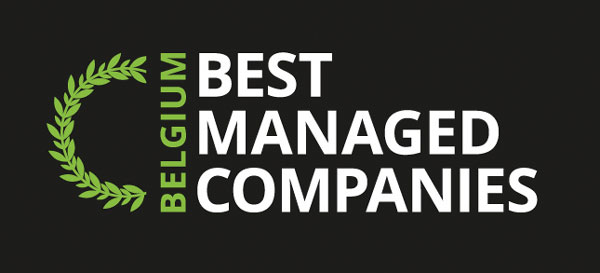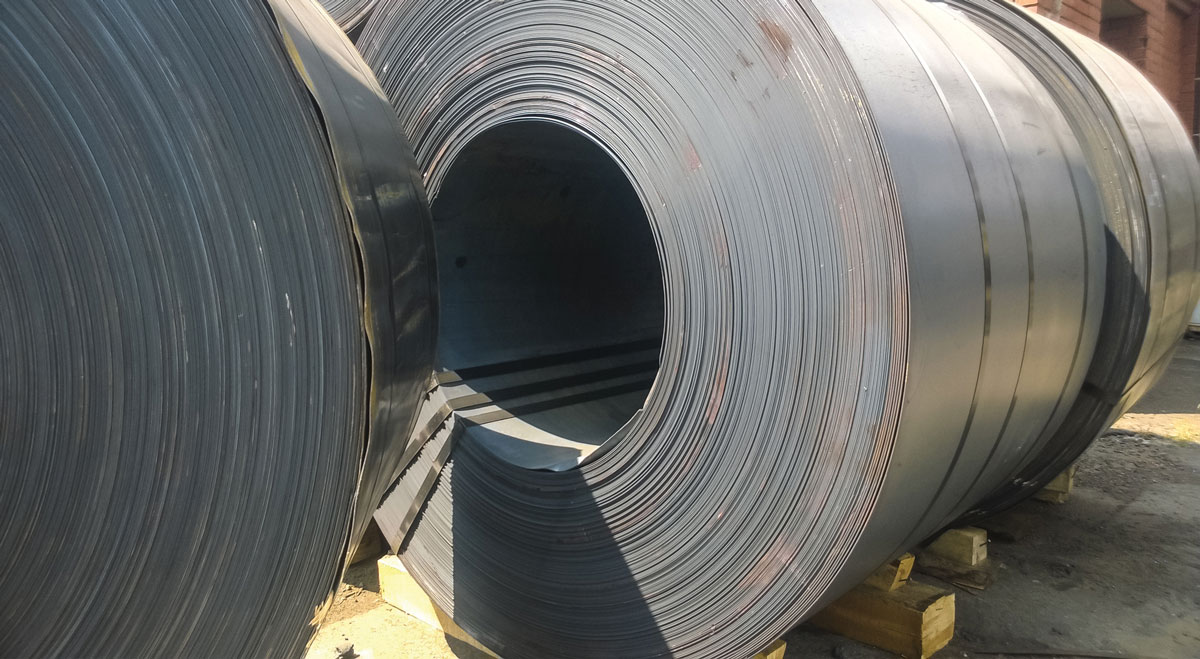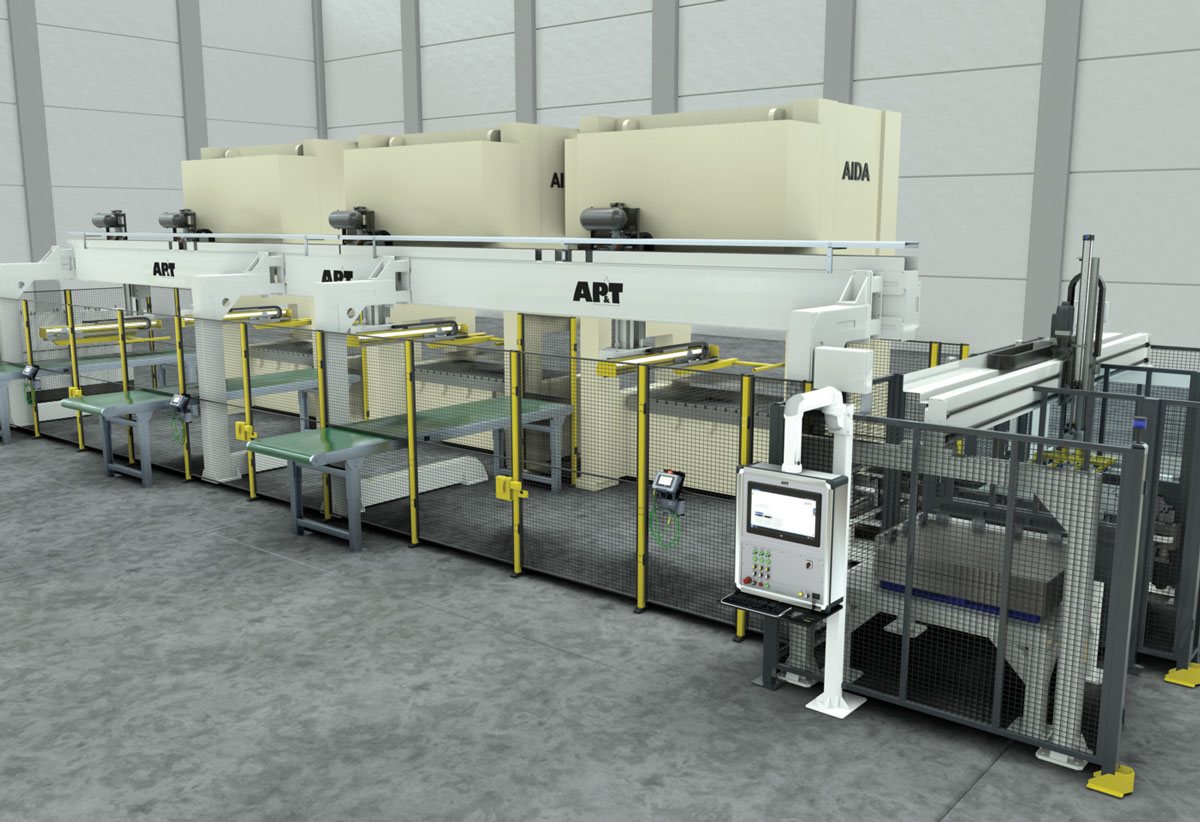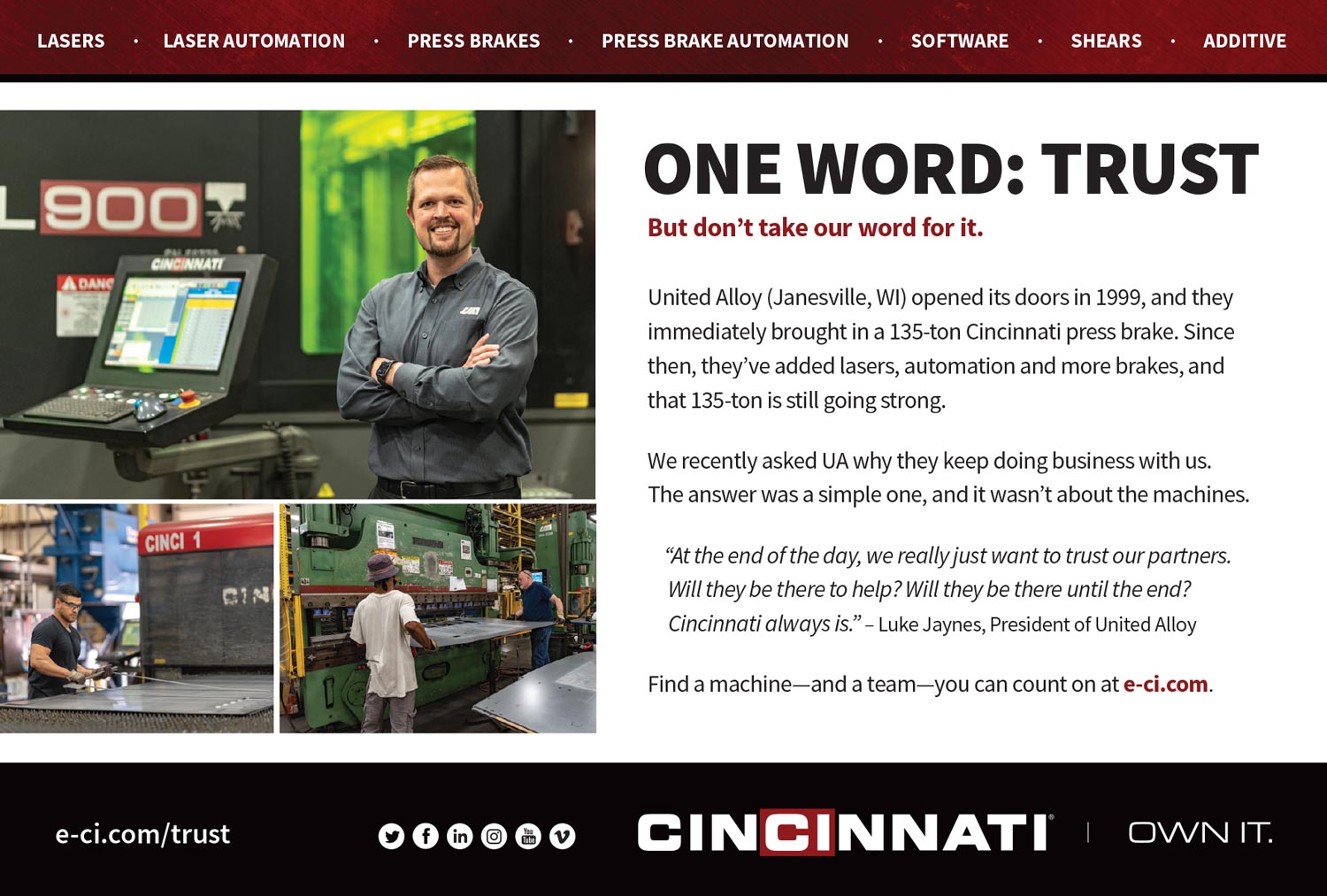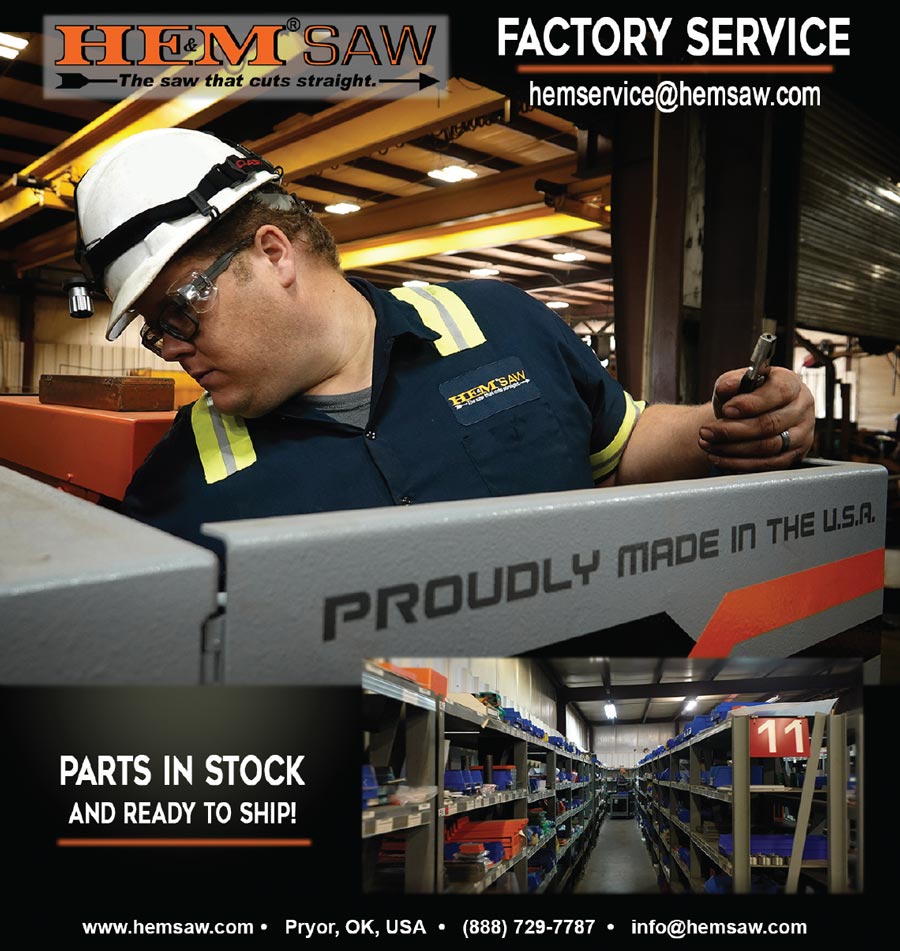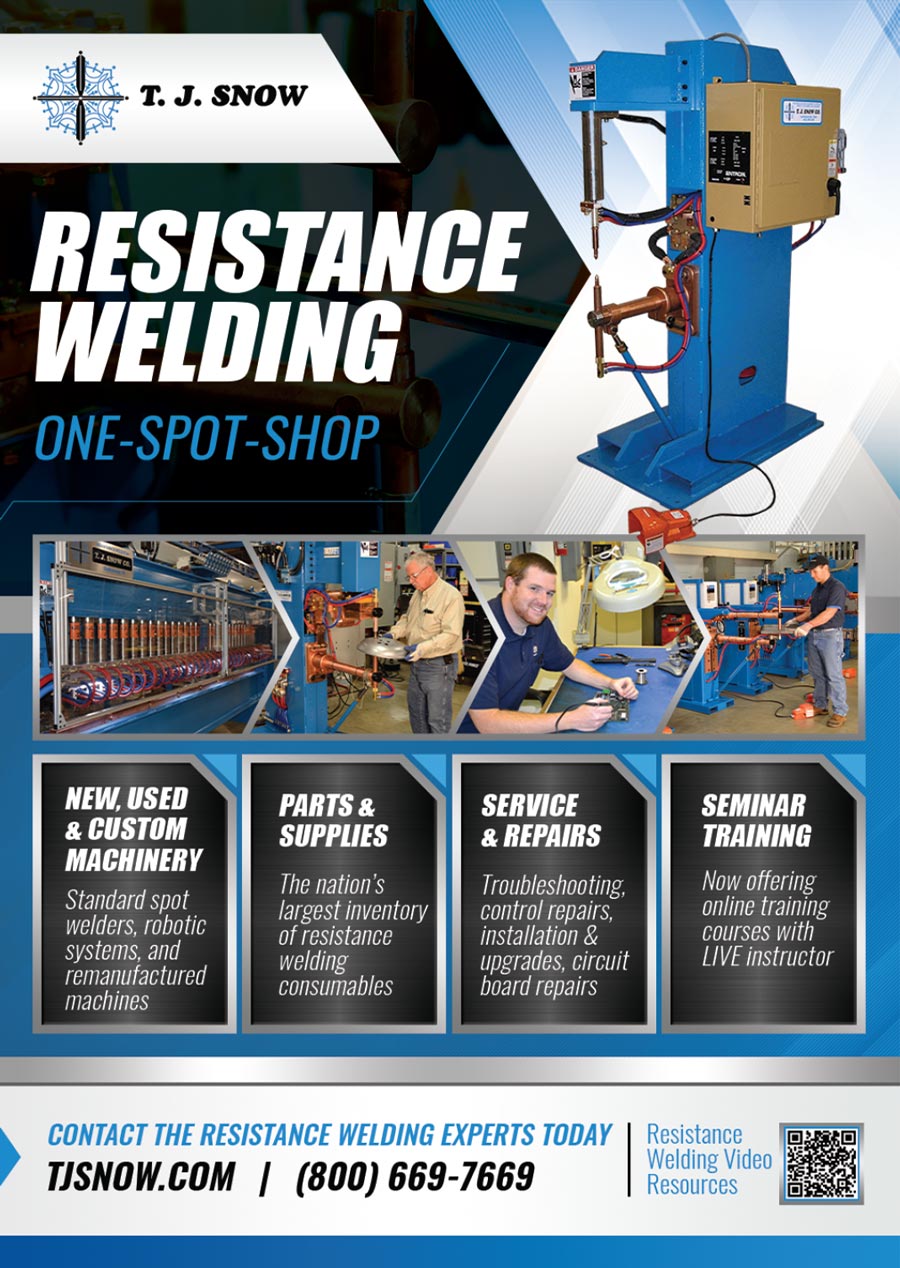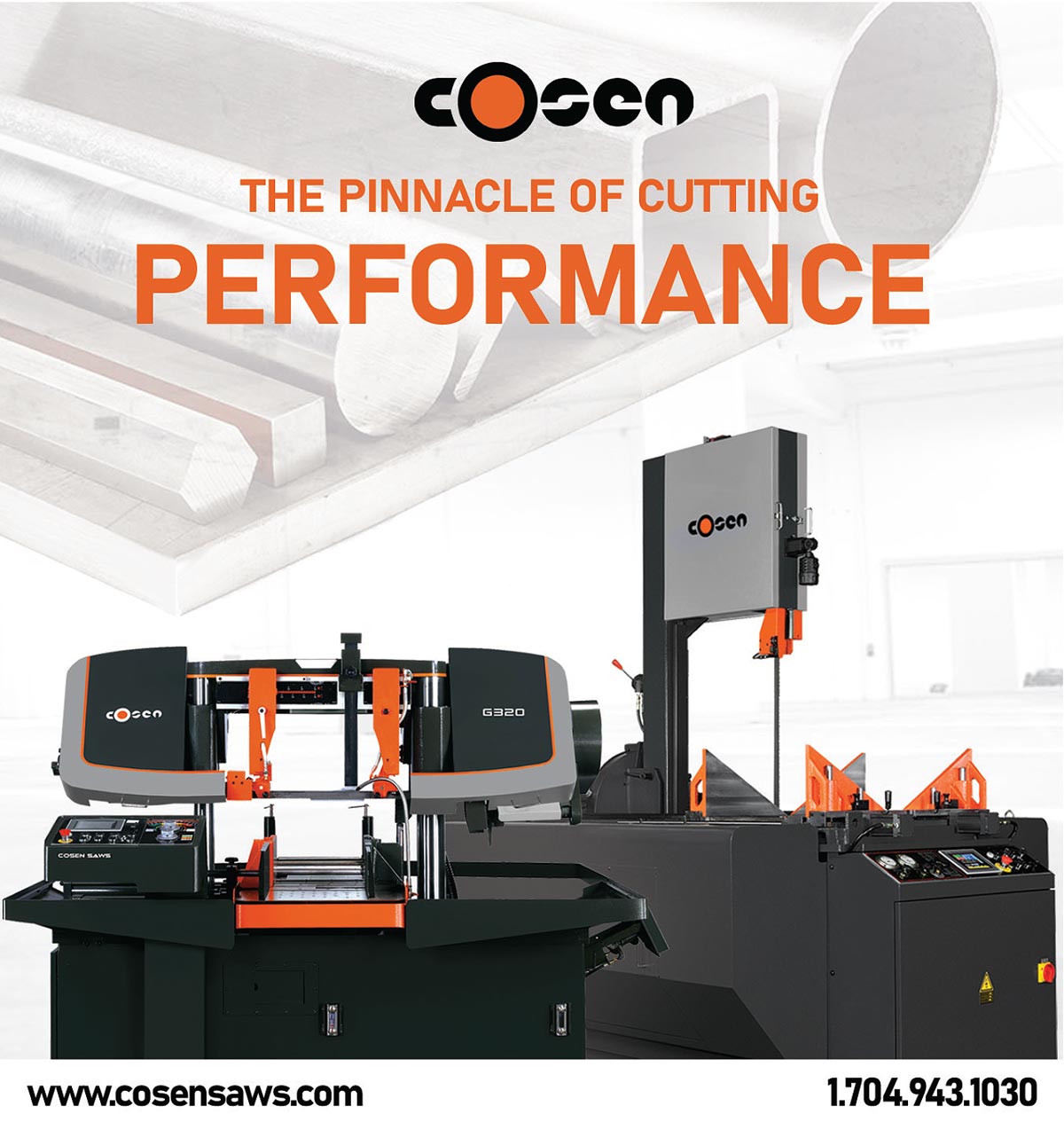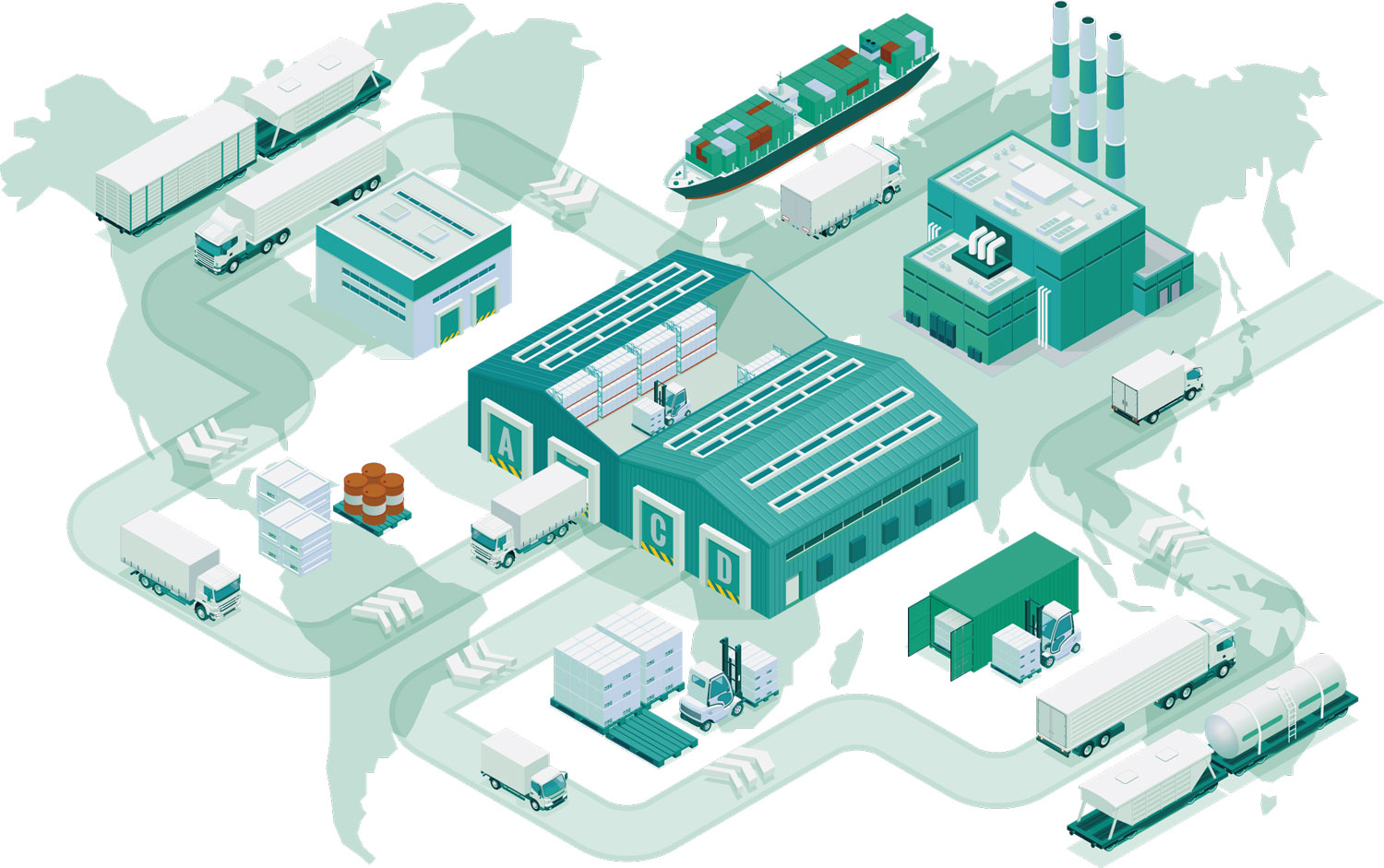
The pileup between supply chain bottlenecks and vigorous demand is putting the brakes on U.S. manufacturing. In May 2021, the Institute for Supply Management (ISM) reported “record-long lead times, wide-scale shortages of critical basic materials, rising commodities prices and transportation difficulties.”
“It’s a problem we are seeing across the board, regardless of industry,” says Mike Murphy, director of business development for Dayton, Ohio-based Acadia Lead Management Services. The company—run by engineers—is using unique digital marketing techniques, strategic consulting and sales tactics to help fabricators shape new, post-pandemic business models and think outside the box for growth.
Murphy points to the semiconductor shortage as one example. Recent projections reveal the auto industry has lost approximately $50 billion in revenue this year due to the chip deficit. “Ford Motor Company and GM [among others] have both announced limited production at some plants and continued closures at other facilities,” he says. “This has a trickle-down effect for both fabricators and stampers. For example, the heavy focus on electric vehicle (EV) development impacts both car production and supporting infrastructure. There is a push to build out the charging station substructure but the semiconductor shortage is stalling those initiatives and directly impacting fabricators and stamping companies that service these suppliers.
 Manufacturers have been quicker to adapt on the shop floor, [but] adjusting to a new business model has been more difficult.
Manufacturers have been quicker to adapt on the shop floor, [but] adjusting to a new business model has been more difficult. 
President
Acadia Lead
Management Services
The rocky supply chain is also plagued by labor shortages and a constantly changing cost structure. “Companies that want to expand and grow their business feel handcuffed,” Murphy says. “One stamper told us he has to schedule two trucks in the hopes that one will actually show up. That generates additional costs, which have to be passed on.”
Aside from a vigorous marketing approach, Acadia recommends other strategies. “Prepurchasing materials or consigned inventory can help a fabricator hedge against supply chain problems,” says Marge Murphy, president of Acadia. “Manufacturers can use their experience with the metals industry to take on the role of a fixer. That means looking for ways to provide customers with a different pathway instead of being part of the white noise.”
Collaborative robot stations can offset lack of available labor. Downtime also gives companies the opportunity to educate themselves about new work spaces.
“Manufacturers have been quicker to adapt on the shop floor, [but] adjusting to a new business model has been more difficult,” says Murphy. “Buying methodology is changing by the day. We have a multi-generational workforce that is made up of millennials who employ technology tools differently. Equipment on the production floor is tangible and easier to understand. Adoption of new sales and marketing approaches, data mining, cost infrastructures and customer support has changed.”
